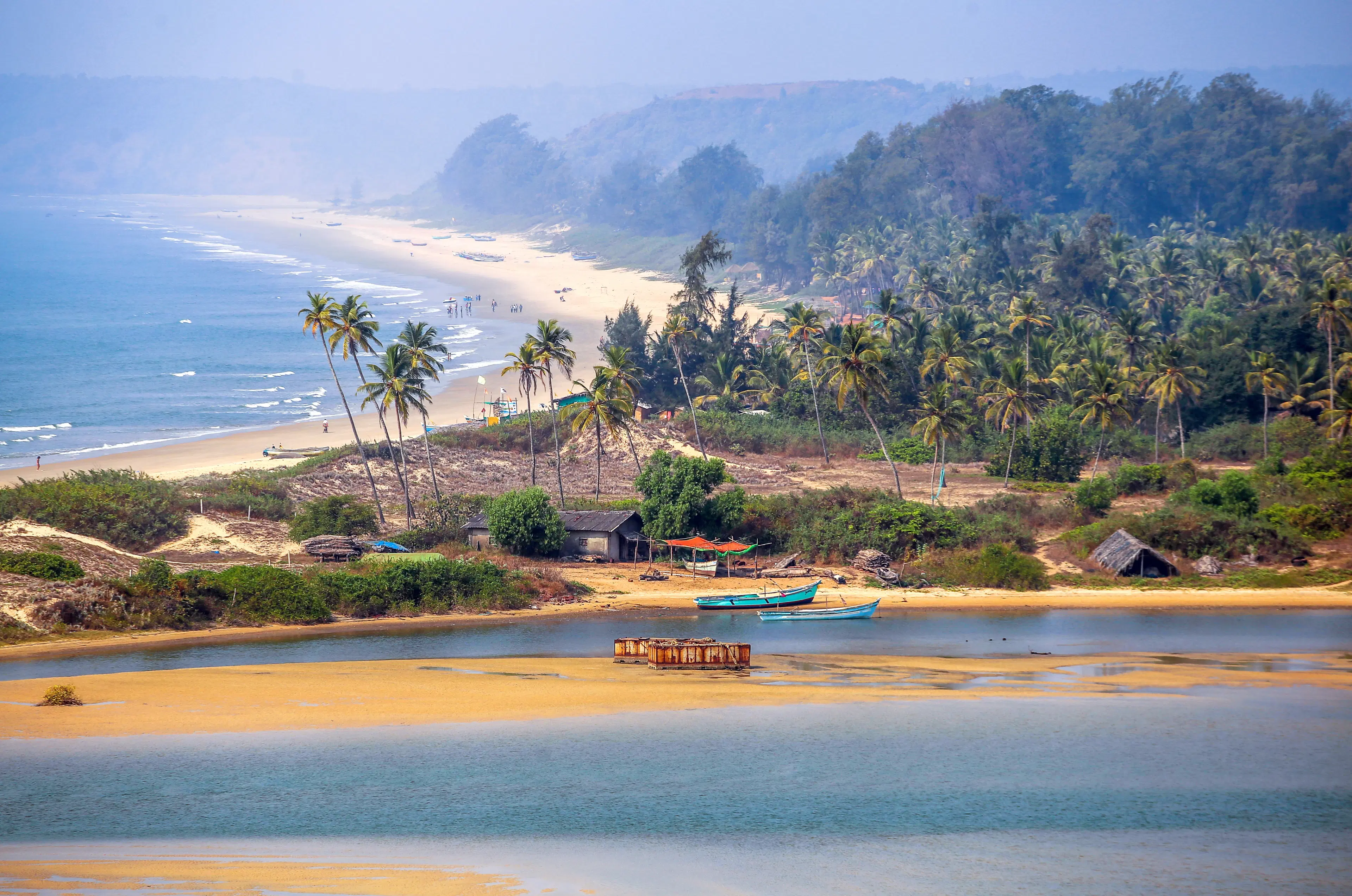
Hotels
•04 min read

The golden hues of the setting sun over India’s vast coastal stretches reveal a world where history, culture, and everyday life meet in a seamless dance. In the fishing villages of India, every wave tells a story of ancient traditions and resilient communities. These coastal settlements are not just points on the map; they are vibrant hubs where the art of fishing and the spirit of community intertwine to shape the nation’s identity. By reading this blog, you will embark on a journey into the historical, cultural, and environmental significance of these fascinating communities.
Long before modern industry took hold, India’s coastline was dotted with small settlements where the bounty of the sea was the lifeline of local economies. These fishing villages emerged from ancient times, when communities set up along the shores and began to explore the wealth of the ocean as their primary resource. Over centuries, the evolution of fishing practices has influenced local culture, trade, and even social structures. In many parts of India, these settlements have passed down a rich legacy, where age-old techniques meld with cultural rituals unique to each region.
Across India, numerous fishing villages continue to guard the traditions of the past. Generations of fishermen have honed their skills, using time-tested methods to catch fish and prepare seafood delicacies. The emphasis on oral histories and folklore has played a crucial role in preserving these practices. Tales of legendary catches, maritime mishaps, and festive seafood recipes form an integral part of the living cultural heritage of these communities.
At the heart of these bustling settlements lies the daily life of fishermen, whose routines begin with the break of dawn. These traditional fishing communities share a profound bond with the sea, often reflected in the rituals applied even before setting sail. Their unique techniques involve the use of handcrafted nets, locally crafted boats, and age-old wisdom. The act of fishing is not merely an occupation—it's a ritual that connects each villager to the majesty of the ocean and the vibrant pulse of nature.
Indian coastal villages are the custodians of an extraordinary seafood culture. The catch of the day is transformed into culinary delights that are integral to local festivals and daily festivities. Whether it's an aromatic fish curry or freshly steamed prawns, seafood in India is celebrated in local markets and homes alike. Vibrant local flavors, passed down through generations, embody the community’s love for the sea, and these dishes often serve as a culinary bridge between tradition and modernity.

Fishing villages play a pivotal role in bolstering India's marine economy. The vibrant trade of seafood not only sustains local households but also contributes significantly to regional exports and aquaculture developments. Strategically located fishing harbors, known for their bustling activity, become economic lifelines for these communities. Such harbors stand as testaments to the enduring significance of the fishing industry in the country.
In recent years, the need for sustainability has driven fishing communities to adopt innovative practices aimed at preserving marine biodiversity. Techniques such as seaweed cultivation and the creation of artificial reefs highlight their commitment to a climate-resilient future. Government initiatives like PMMSY are complementing these efforts, ensuring that fishermen settlements continue to flourish while protecting the natural environment.
"Did You Know? Many fishing villages in India are adopting sustainable practices like sea ranching and green fuel to combat climate change and preserve marine biodiversity."
The scenic beauty of India’s fishing villages is a major draw for travelers seeking an authentic coastal experience. These beachside villages offer a refreshing escape from the urban hustle, where untouched landscapes and traditional lifestyles invite travelers to step back in time. Popular coastal tourism destinations blend natural beauty with cultural heritage, letting visitors immerse themselves in the rhythms of coastal living.
Tourism has slowly evolved into a powerful tool for cultural preservation. Local communities are increasingly organizing heritage walks, cultural evenings, and interactive sessions that showcase traditional fishing techniques and folklore. Community-led initiatives ensure that while visitors enjoy modern comforts and genuine cultural experiences, the time-honored essence of fishing heritage remains intact.
Despite their enduring legacy, fishing villages in India face mounting challenges. Climate change, overfishing, and rapid urbanization threaten the sustainability of these communities. Shifts in weather patterns and rising sea levels further exacerbate these issues. There is an urgent need for policy interventions, along with strengthened community resilience, to safeguard this irreplaceable way of life.

Looking ahead, there is hope and opportunity for these coastal settlements. Innovations in fishing technology, eco-tourism, and marine conservation can help ensure that fishing villages continue to thrive. With an emphasis on sustainable practices and community empowerment, these villages can adapt to modern challenges while preserving their rich cultural narratives.
A fishing village is a small coastal settlement where the primary occupation of residents revolves around fishing and related activities.
Kerala, Tamil Nadu, and Maharashtra are considered among the best states for fishing due to their extensive coastlines and rich marine biodiversity.
Yes, fishing is the primary livelihood in fishing villages, with residents employing both traditional and modern techniques.
The five major fishing harbors in India include Kochi, Chennai, Visakhapatnam, Paradip, and Mumbai.
India has thousands of fishing villages spread across its coastline, with notable concentrations in states like Kerala, Tamil Nadu, and Gujarat.
Fishing villages in India are not just communities—they are living embodiments of tradition, resilience, and cultural vibrancy. From historical legacies and daily coastal routines to economic contributions and sustainable future practices, these villages significantly shape the Indian coastal identity. By understanding their past, present, and future challenges, we gain a richer appreciation for the remarkable heritage that continues to thrive along every shoreline.